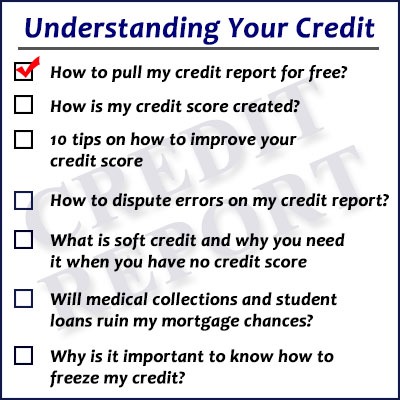 In this next part of our “Understanding Your Credit” mini-series, we will be answering the question, “How is your credit score created?” There are a couple different ways that people say that your credit score is created, but this is directly from the company itself that started the “FICO” scores. One of the most important things that you need to keep in mind is that everyone’s credit history is different. So if you’re going through this process with a spouse, friend, or family member, try not to compare them as equals because there are a lot of determining factors when your score is created.
In this next part of our “Understanding Your Credit” mini-series, we will be answering the question, “How is your credit score created?” There are a couple different ways that people say that your credit score is created, but this is directly from the company itself that started the “FICO” scores. One of the most important things that you need to keep in mind is that everyone’s credit history is different. So if you’re going through this process with a spouse, friend, or family member, try not to compare them as equals because there are a lot of determining factors when your score is created.
- Payment History (35%) – With this being the number one item that impacts your credit score, you need to keep this part especially clean. Payment history includes if you’re paying on time, any bankruptcy or judgments you may have, if you have any overdue payments and how long they’re overdue, and how much time has passed since any negative blemishes.
- Amounts Owed (30%) – This is where the companies view how much of the available credit you’re using against the total amount you can borrow. The higher the ratio, the more it appears you have over extended yourself.
- Length of Credit History (15%) – When looking at different individuals, this is where time can either help or hurt your credit score. If you’re someone who just started having a credit profile and you accidentally go past due on an account, the bureaus don’t have a whole lot of history to show that this could have just been a fluke. So your score can really take a hit if you’re new and have a bunch of negative stuff happen at once.
- New Credit (10%) – The new credit factor looks at the amount of new accounts that have been opened and the amount of time since you recently opened that account as well as recent credit inquiries.
- Types of Credit Used (10%) – The last item that the bureaus look at is what kind of different accounts you have. These would be accounts such as credit cards, mortgages, auto loans (installment loans) and retail accounts such as your popular clothing store that offers a credit card.
Now that we have broken down how exactly your credit score is created you have a better understanding as to how certain factors can affect your credit. In our next blog we’ll be talking about tips that you can use to possibly raise your credit score!
More from our “Understanding Your Credit” mini-series:


 How To Get My Credit Report For Free
How To Get My Credit Report For Free
Leave a Reply